Also known as the Bulgarian Riviera, which comprises 378 kilometers of coastline from the Romanian seaside resorts in the north to the Marmara region of Turkey to the south, coastal Bulgaria is a sight to behold. This picturesque area of the Balkans boasts an incredible number of attractions of the modern, ancient, and natural varieties, so finding places to visit on Bulgaria’s Black Sea Coast is quite easy, but narrowing your list down to the very best because of time constraints is the hard part.

This gorgeous stretch of coastline, which experiences hot and humid summers and mild winters, is an extremely popular tourist destination that attracts millions of visitors from around the world every year, especially from May to October. Sites along this coastal paradise include gorgeous, modern cities; unique, religious monasteries; stunning natural wonders; the remains of ancient cities that flourished millennia ago, and much more. These are the top places to visit on Bulgaria’s Black Sea Coast.

The Bulgarian coastal city of Varna, which dates back to 4600 B.C., is a blend of ancient and modern and a living museum that is sure to delight any history buff. Nowhere is Varna’s mix of old and new more apparent than the Dormition of Mother of God Cathedral, which was built in 1886, in part, with stones from the ancient walls that once surrounded Varna, and contains stunning paintings of Jesus Christ and Orthodox saints that were completed in the 1960s.
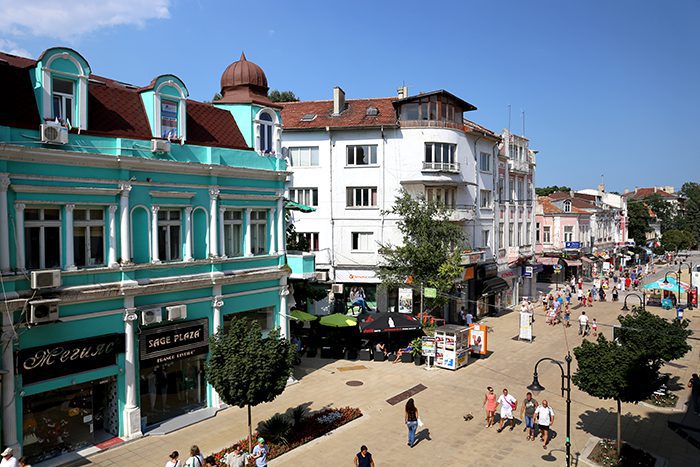
One of the most popular archaeological sites in this picturesque seaside resort is the ruins of the 2nd century Varna Roman Baths, which is the largest preserved bath house in the Balkans.
Check out 5 Things to Do in Varna, Bulgaria

The Varna Necropolis, which is the site of nearly 300 graves dating back to the 45th century B.C., is a fantastic place to visit as well. The most stunning artifact unearthed at the necropolis, the Gold of Varna, which is the oldest gold treasure known to man, can be seen at the Varna Archaeological Museum, which also houses an impressive collection of relics from artifacts from Varna’s rule under the Thracians, Greeks, Romans, Byzantine Empire, and Ottomans. In addition to its historical significance, Varna’s location makes it a great hub to base day trips to nearby sites from!
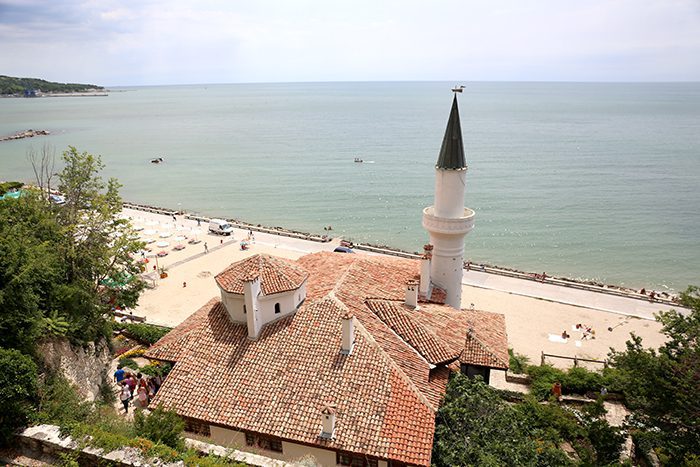
No stay in Varna is complete without a few day trips, and a journey to Balchik, which is just 42 kilometers northeast of Varna, should be at the top of your list. The resort town is one of the top places to visit on Bulgaria’s Black Sea Coast mainly because of Balchik Palace, also known as the Quiet Nest Palace, which lies between the nearby cliffs and the sea two kilometers south of town.
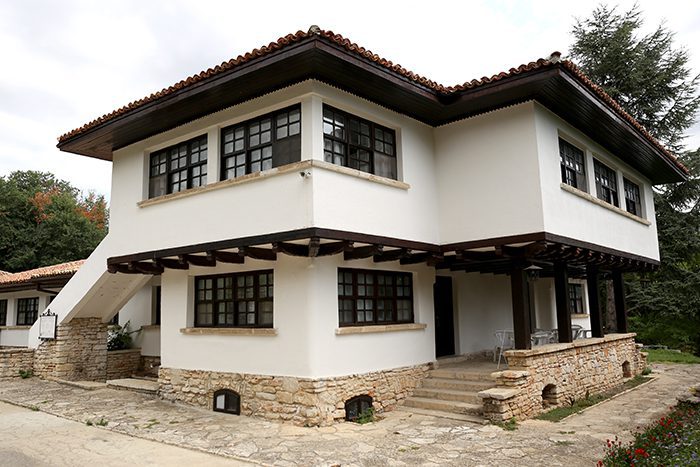
Balchik Palace is unlike other European palaces, which typically feature one dominant building. Instead, this palace, which was built between 1926 and 1937 and served as the residence of Queen Marie of Romania, features a complex of charming residential villas and lush botanical gardens, a monastery, a wine cellar, a holy spring, and a chapel.

While you’re there, be sure to take a walk around its beautiful grounds and don’t miss out on the gorgeous views of the Black Sea that the palace offers.

Just 18 kilometers west of Varna is the mysterious site of Pobiti Kamani, also known as the Stone Forest or the Stone Desert. The site is already unique, as it’s Bulgaria’s only desert and one of the few found on the European continent, but the features that make Pobiti Kamani so noteworthy are the roughly 300 limestone pillars that rise up, upwards of ten meters, from the arid landscape.

The pillars are the 50-million-year-old remains of a reef that, at the time, covered the bottom of a sea that has since dried up, and for years have captured the imaginations of visitors, who often see human-like and monster-like shapes in the stone formations.
Check out 10 Things to See and Do in Sofia, Bulgaria
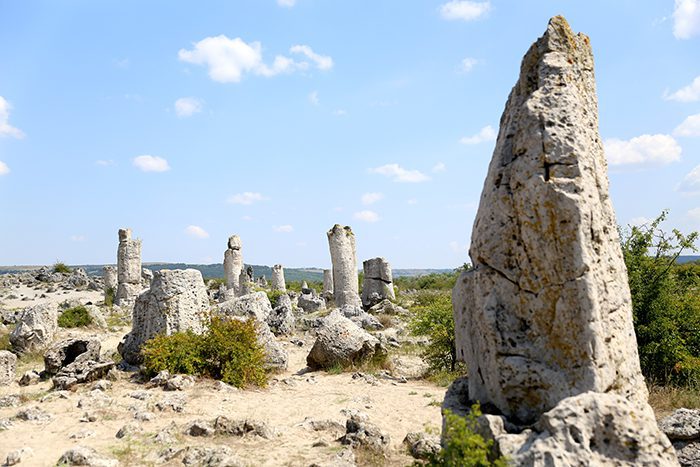
The site has been a protected area since 1938 and is also the only location in Bulgaria where archaeologists have found evidence of human life in the Mesolithic period. If you enjoy visiting fascinating natural wonders, do not let a trip to the stone forest of Pobiti Kamani pass you by!

Roughly a 45-minute drive west from Varna will take you to Ovech Fortress, a stone stronghold that lies just east of the town of Provadia. According to archaeological evidence, this fortress was in active use between the 3rd and 7th centuries, and again from the 10th to the 17th century. During its heyday between the 12th and 14th centuries, the fortress was an important military, economic, religious, and administrative center.
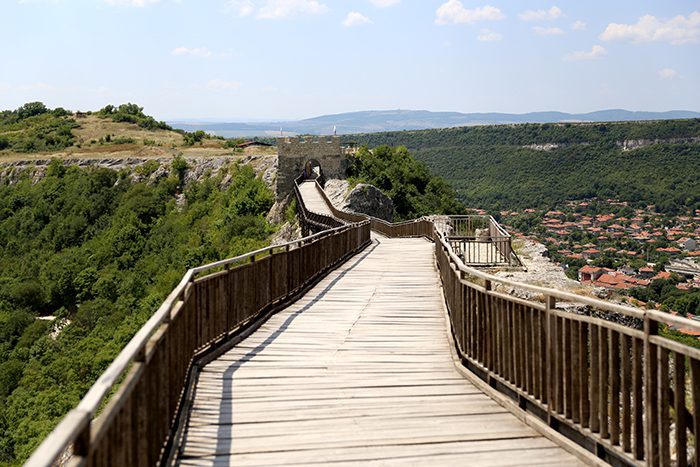
Over the course of its long history, Ovech Fortress was used as a lookout point by the Thracians, Romans, Byzantines, Bulgarians, and Turks. The fortress, which is now known by its Bulgarian name, was also known by other names throughout its history, including Provat, which is the name the Byzantines gave it, while the Turks referred to it as Tash Hisar.

Notable features of the fortress include its 111-step spiral staircase, the 150 meter-long bridge that connects the fortress to the Tabiite Plateau, a 79-meter deep well, a bishop’s church, and a knight’s prison.

If you take a drive 17 kilometers north of Varna, you should come across Aladzha Monastery, a medieval monastery dedicated to the Holy Trinity that was hewn into massive, 25-meter-high limestone rocks along the Black Sea coast, creating caves that were inhabited by hermit monks during the 13th and 14th centuries.

These remarkable monastery caves, which date back to at least the 10th century, are comprised of two levels, the first of which is made up of a monastery church, a small cemetery church, a crypt, monastic cells, a kitchen, a dining area, and more.

The natural caves of the second level contain a monastery chapel at its eastern end. Because of their unique architecture and location, the Aladzha Rock Monastery has been the subject of numerous myths and legends. Those interested in the monastery’s history can visit the on-site museum to learn more about the public historical monument.

Another top place to visit on Bulgaria’s Black Sea Coast is the city of Burgas. This city, which is the second-largest on the country’s Black Sea Coast, is not only a fantastic city to explore, it’s also another great home base to travel from when you want to set out on day trips in the surrounding area.
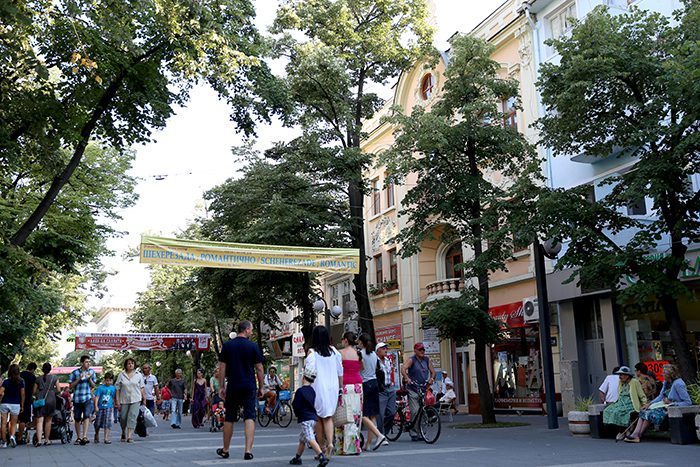
One of the city’s top attractions is the Sea Garden, an 800-acre park that features unique plants from around the world and a collection of sculptures called the Sculpture Garden.
Check out What to See and Do in Burgas, Bulgaria
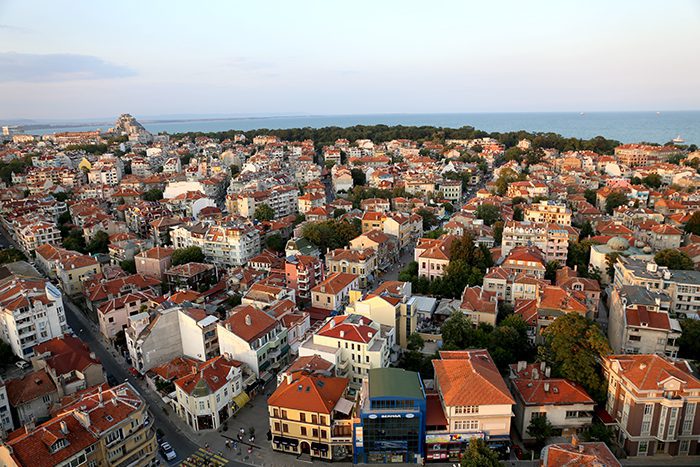
Artifacts from the Bronze and Stone Ages, as well as Thracian, Greek, and Roman relics can be viewed at The Archaeological Museum of Burgas, and the city’s main attraction, the annual sand festival on Burgas Beach, takes place from July to September. You can’t go wrong with any of Burgas’ top restaurants, including Ethnos, which offers delicious grilled fish and meat; Rosé, which sells French-infused Mediterranean cuisine; and Vodenitsata for traditional Bulgarian fare.

Situated roughly 17 kilometers southwest of Burgas is the contemporary village of Debelt. Its name is modified from the name of its ancient counterpart, Deultum, the ruins of which can be found very close to the modern-day village. Deultum, which was founded as a trading post for Apollonia Pontica (a name for ancient Sozopol) and was an important place of trade between the Thracians and Greeks, is an open archaeological site that is only partially excavated.
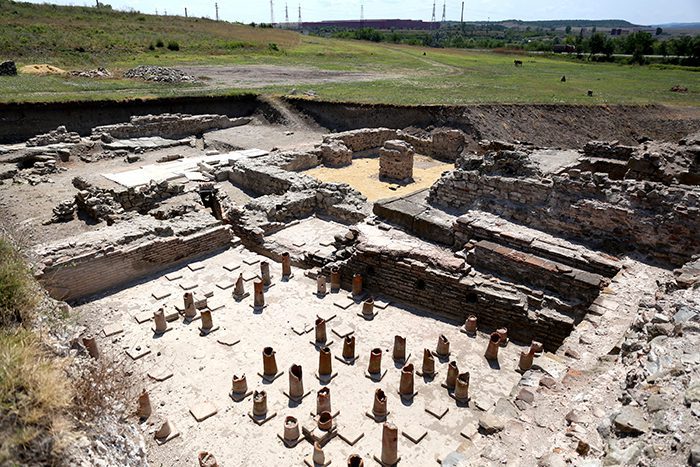
Since excavations began in 1981, Roman and Byzantine structures have been unearthed. Among the ruins that can be found at Deultum is the temple of the imperial cult, which is dedicated to the Greek god of medicine, Asklepios; the Roman thermas baths; as well as fortifications.

Visitors who want to learn more about the current site and the ancient trading post can visit the on-site museum, where you can find several objects on display, including the bronze head of Roman emperor Septimius Severus, which was taken from a statue that was damaged by fire. Named a Bulgarian Wonder in 2011, ancient Deultum is easily one of the top places to visit on Bulgaria’s Black Sea Coast!
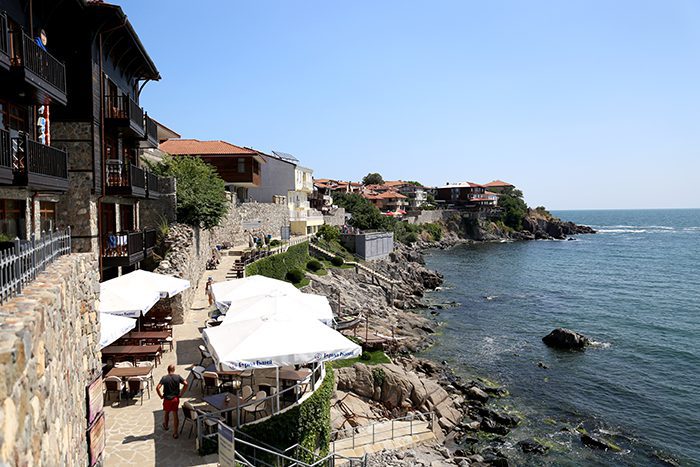
Twenty-one miles from the city of Burgas is the ancient seaside town of Sozopol, which has also gone by the names Antheia, Apollonia, Apollonia Pontica, Apollonia Magna, and Sizeboli in its history, which dates back to the 7th century B.C. It became a large and extremely wealthy trade and naval center in the centuries that followed and was one of the largest and richest Greek colonies on the Black Sea.
Check out What to See and Do in Plovdiv, Bulgaria
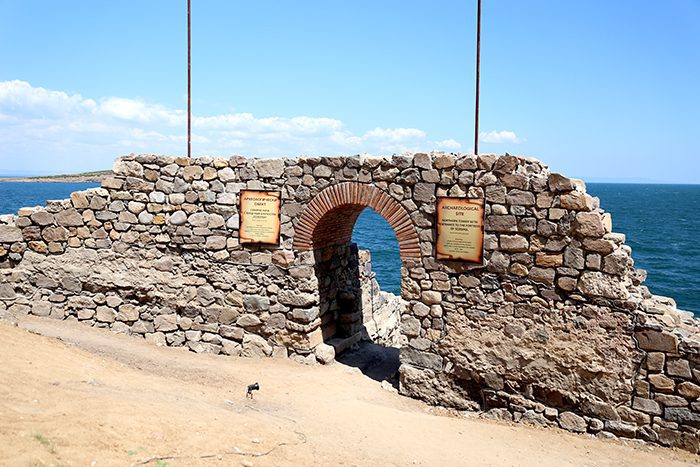
The remains of the Greek settlement of Apollonia were excavated in 2011 on St. Kirik Island just off the coast. The old city walls can still be seen around town, which hosts the Apollonia Art Festival every September, where visitors can enjoy art exhibitions, theater shows, musical and dance performances, film showings, book presentations, and more.
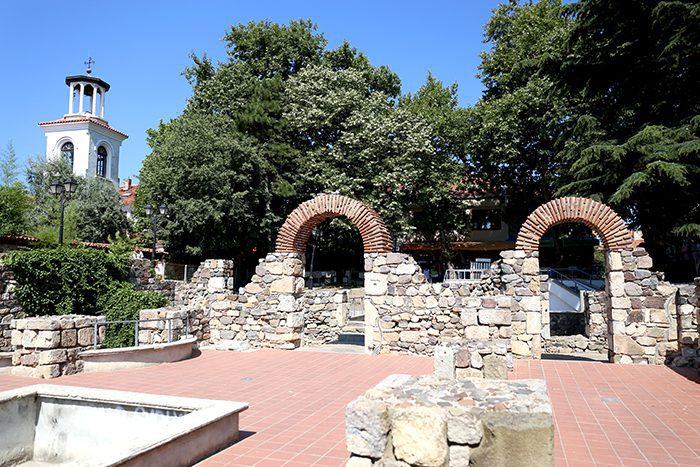
Sozopol’s rich history and cultural heritage make it one of the top places to visit on Bulgaria’s Black Sea Coast and one no tourist can afford to miss!

History buffs looking to explore the top places to visit on Bulgaria’s Black Sea Coast will rejoice as they enter the ancient seaside city of Nessebar, which can be found on a rocky peninsula in the Burgas province. Ancient fortifications from multiple eras of the city’s history can be seen throughout this UNESCO World heritage Site, which has been fortified since Roman times. While Nessebar’s beaches are a beautiful point of interest, this coastal settlement’s fascinating history and culture are its main attraction.

Nowhere are Nessebar’s history and culture more visible than the forty-three ancient churches and monasteries scattered around the city, including the 19th-century Church Assumption of the Holy Virgin, the 17th-century Church of St. Spas, the partially-preserved Church of the Holy Archangels Michael and Gabriel from the 13th and 14th century, and the Church of St. Sophia, which dates as far back as the 5th century.
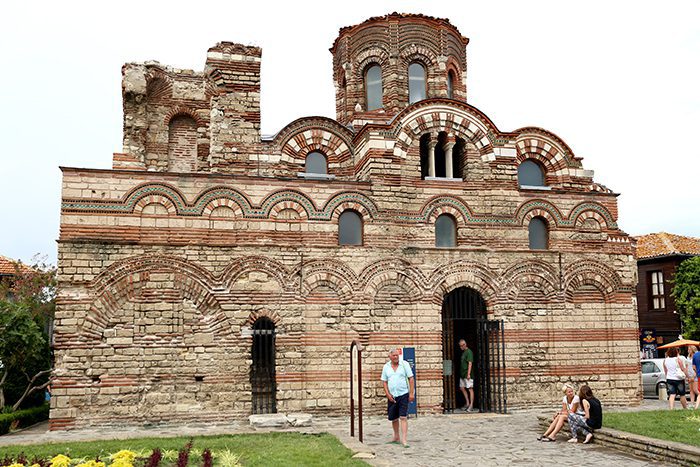
All of the city’s churches, whether they were built during the Byzantine, Bulgarian, or Ottoman rule, are representative of Eastern Orthodox architecture. Other points of interest around Nessebar include the narrow, cobblestone lanes and 18th-century houses in its Old Town, the Archaeological Museum of Nessebar, the Old Windmill, and the Ethnographic Museum.

Just twelve miles outside of Burgas, located on a rocky peninsula that juts out into Burgas Bay, is Pomorie, a seaside resort town that began as part of a Greek colony called Apollonia.

Over the course of its history, the city spent time as part of the Roman, Byzantine, and Ottoman empires. Pomorie boasts a 5-kilometer-long beach with a low, sandy shore, along which locals and tourists enjoy swimming, yachting, and sailing. The city, known in Bulgarian as Anhialo until its name change in 1934, is also known for its fishing and wine and salt production. Both the town’s mineral water and mud from Pomorie Lake are purported to have healing properties.
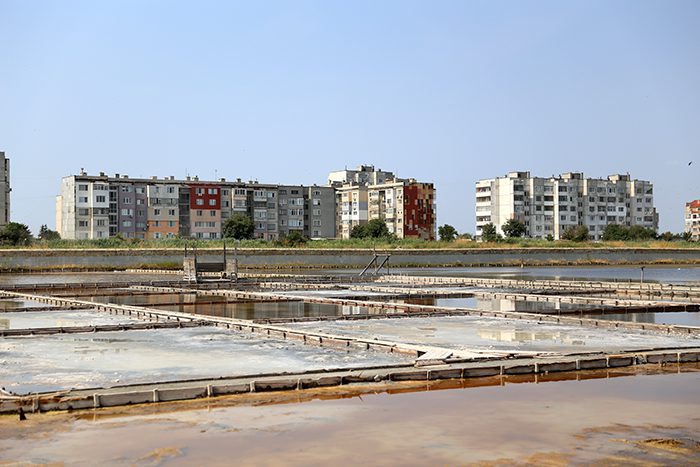
Perhaps Pomorie’s most well-known landmark is the Beehive Tomb, which dates back to the 2nd or 3rd century, A.D. It is believed that the tomb was built as a mausoleum for a wealthy Anhialo family and that pagan religious rituals were performed there. Inside the tomb is a 22-meter-long dromos, or corridor, and a round, stone-and-brick chamber with a semi-cylindrical arch.
Check out What to See and Do in Veliko Tarnovo, Bulgaria

The wall of the chamber contains five niches, in which urns of the diseased were placed. It is the only tomb of its kind in Bulgaria, and its impressive architecture still impresses visitors and architects to this day. Anyone wanting to learn more about Pomorie’s history should take the time to visit this amazing site!
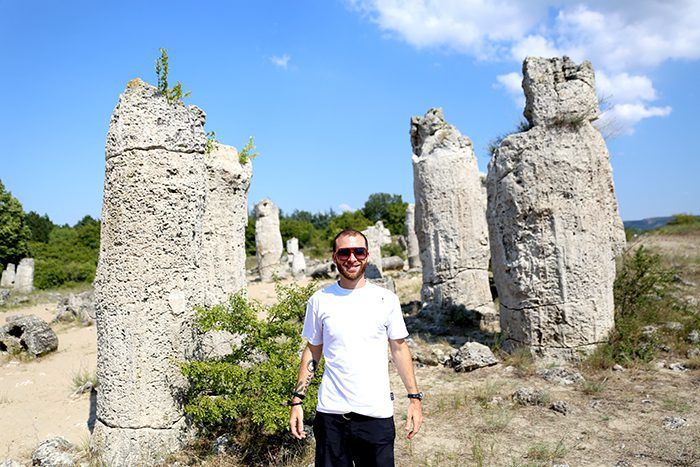
Bulgaria’s Black Sea Coast is not only a warm, inviting, and sun-drenched resort area; it’s also a treasure trove of ancient history, cultural and religious identity, and modern wonders, all fused together in a magnificent and diverse region of the world that continues to attract new visitors and repeat travelers every year. The beauty and significance of this coastal marvel can’t be overstated and needs to be seen to be truly believed. Book a trip to Bulgaria’s Black Sea Coast today and experience its magic and splendor for yourself!
Counter
101 Countries • 1432 Cities
victoriaannasuarez@yahoo.com says:
Thank you for sharing! My wife and I are visiting Bulgaria later this year with our Bulgarian friends. Our Bulgarian friends were impressed with your overview of the locations and with your descriptions. Great website!!
Alistair Langfield says:
Nice post! Thanks for sharing!